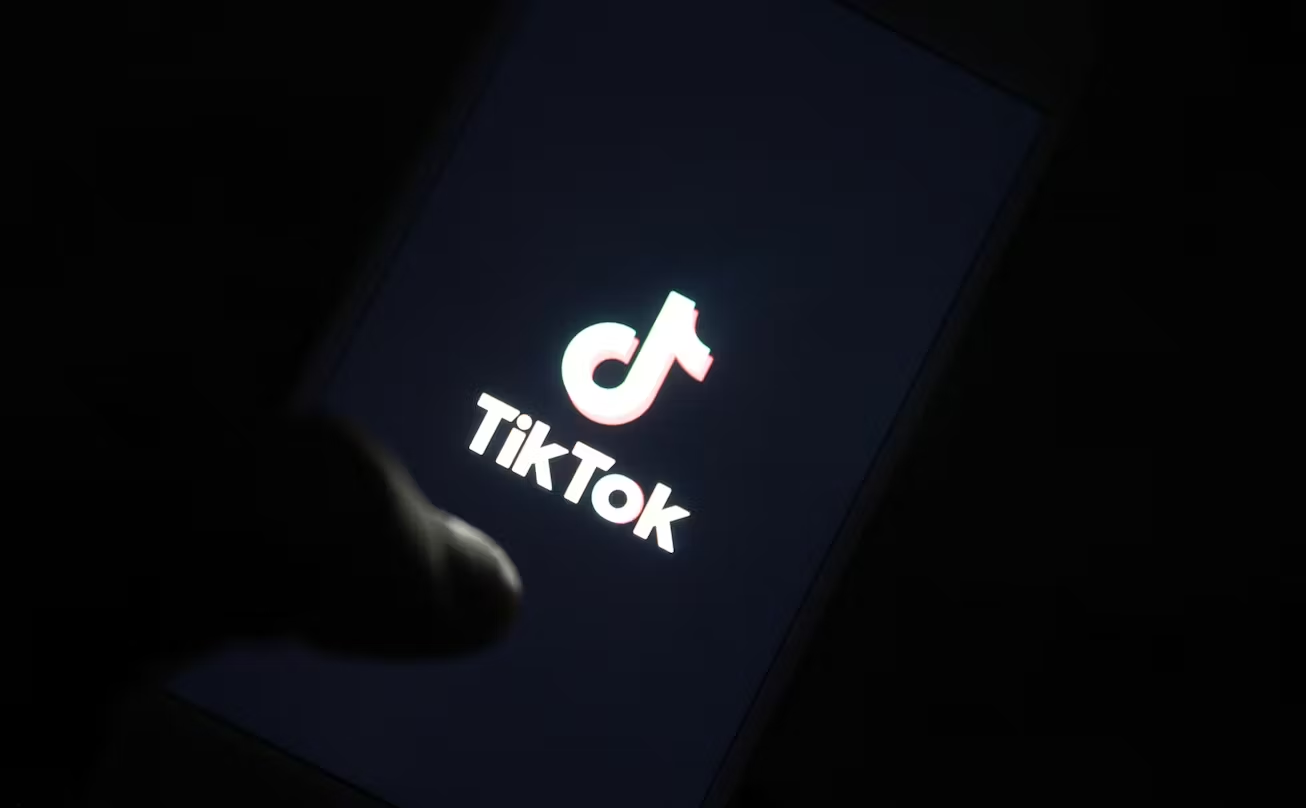
This TikTok Filter Just Sparked a Global Cultural Backlash
Panas Media – TikTok has been the breeding ground for viral trends, meme culture, and Gen Z expression for years. But in 2025, a new line was crossed and now, this TikTok filter just sparked a global cultural backlash that has turned into one of the most heated debates on digital identity, representation, and cultural appropriation in recent memory.
The filter in question, called “Heritage Shift,” was introduced by an independent creator and quickly promoted by influencers across continents. It claimed to let users “see themselves in different cultural identities,” morphing facial features, skin tone, traditional attire, and even background visuals to match stylized representations of cultures around the world.
At first, it was viewed as innovative and fun until the unintended consequences emerged, and the online world responded with outrage, criticism, and eventually, international media coverage.
The filter was designed to allow users to experience how they might look as someone from different cultural backgrounds, ranging from Native American and African tribal aesthetics to Japanese, Middle Eastern, and Andean visual motifs.
It promised to promote “global empathy” and “celebration of cultural beauty,” according to the developer’s initial video pitch. With just a tap, users could scroll through various cultures and virtually wear their heritage.
It was heavily boosted by TikTok’s algorithm for its visually striking effects and instant engagement. Major creators with millions of followers began showcasing their “heritage transformations,” often pairing the effect with music from that region and captions like “I feel connected to this.”
But it didn’t take long for the backlash to begin.
Almost immediately, marginalized communities began raising concerns. The issue wasn’t just aesthetic it was about historical wounds, stereotyping, and the continued exploitation of cultures for entertainment without context or respect.
Critics argued that the filter blurred the line between appreciation and appropriation. It allowed people many of whom had little understanding of the culture they were digitally “wearing” to adopt sacred attire or visual markers without acknowledging the real-life histories behind them.
For example, Indigenous creators called out the misuse of ceremonial symbols. Black users questioned the implications of digitally “darkening” skin. East Asian communities pointed to historical caricatures that the filter unintentionally echoed.
The criticism wasn’t limited to users. Prominent anthropologists, cultural scholars, and even United Nations diversity advocates chimed in, describing the trend as a form of digital cosplay that commodifies culture while erasing its significance.
The controversy went global fast. Meanwhile, countries like the Philippines and Nigeria saw national conversations erupt over digital identity and respect for cultural heritage. Traditional media picked up the story, and TikTok found itself once again in the spotlight not for innovation, but for failing to moderate content that undermines the very communities it claims to empower.
TikTok was slow to respond at first. For days, the filter continued trending while criticism mounted. Eventually, the platform issued a statement acknowledging the concerns and promising a review of the filter moderation process.
Soon after, the filter was taken down, and the creator issued a public apology, stating that their intention was never to offend but to spark curiosity about global cultures.
Despite the apology, the damage had already been done. Debates on digital colonialism, algorithmic bias, and platform accountability raged on across social platforms.
This event reignited a larger question: where do we draw the line in digital spaces? Augmented reality tools have become a staple in how we express ourselves online. But this TikTok filter just sparked a global cultural backlash because it highlighted a core issue how easily technology can erase the humanity behind cultural identity.
Unlike static memes or comments, filters are immersive. They alter faces, evoke feelings, and tell stories whether intended or not. That power can uplift or erase. It can educate or offend. And without careful design and oversight, it becomes a dangerous game of digital impersonation.
The backlash isn’t just about one filter it’s about a pattern. Social media thrives on speed and visual impact, but when cultural symbols become trends, they risk being devalued or distorted.
Many users now demand that platforms implement stricter cultural sensitivity checks for filters, sounds, and AI-generated media. Some are even calling for the creation of cultural advisory boards within tech companies to avoid similar incidents in the future.
The story behind this TikTok filter just sparked a global cultural backlash is ultimately a wake-up call. As digital tools become more advanced, so too must our awareness of the impact they carry.
Technology is not neutral it reflects the values, assumptions, and blind spots of its creators and users. And while filters may fade in and out of trend cycles, the conversations they spark can shape how we navigate the digital world moving forward.
Let this moment be a turning point. One where creativity and connection don’t come at the cost of cultural dignity.